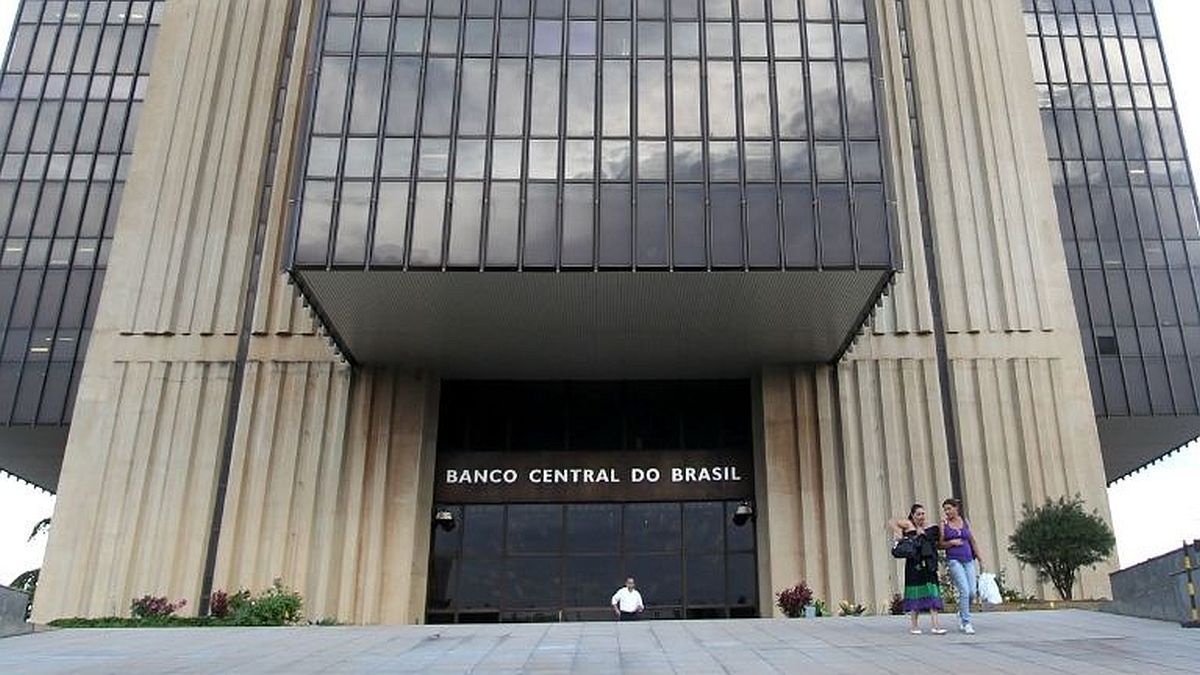On Tuesday, the entity placed more than $3 billion in the cash market, although failed to contain the depreciation of the real, which continues to drive inflation in Latin America’s largest economy. This scenario takes place in a context of growing investor concern about the country’s fiscal deficit.
He Brazilian real is positioned as the worst performing currency so far this year, accumulating a depreciation of more than 22%.
“The Central Bank of Brazil is trying to alleviate pressures on the exchange rate by providing liquidity, although the results will be limited,” explained Marco Oviedo, strategist at XP Investimentos. “Its main objective is to supply the dollars necessary to avoid sudden fluctuations.”
Investors view the Government’s measures with distrust
Meanwhile, investors show a growing skepticism regarding government promises to correct public accounts and control the trajectory of the debt. Last month, President Luiz Inácio Lula da Silva announced new tax breaks along with a plan to cut spending by 70 billion reais ($11.5 billion). Howeverthis initiative disappointed the markets, who interpreted it as a sign that the president continues to prioritize economic growth over Brazil’s fiscal stability.
The crisis that has weakened the Brazilian real revealed a marked vulnerability in some of the largest companies in the country.
The depreciation of the currency has significantly increased the costs associated with debt service and company operations, while the increase in local interest rates further aggravates the pressure.
According to a study by FTI Consulting for Bloomberg News, among 33 Brazilian companies with debt in dollars analyzed, approximately half show average levels of leverage greater than five times the ratio between gross debt and Ebitda. Furthermore, 12 of these companies have more than 50% of their debt in dollars.
Highly indebted firms, such as Gol Linhas Aéreas Inteligentes SA and Azul SA, face higher costs in dollars while generating the majority of their income in reais. Sectors such as real estate, transportation, consumer and retail are especially vulnerable to currency fluctuations, including shopping centers within real estate assets, according to FTI.
“The companies most exposed to debt are the ones to avoid,” said Michel Frankfurt, head of the Brazil brokerage unit at Scotiabank. “They are doubly affected by the exchange rate and interest rates.”
For companies like Azul and Gol, the weakness of the real increases expenses, including fuel costs indexed to the dollar and lease payments denominated in that currency. However, the outlook for the currency is uncertain. Investors, who have already driven the real to historic lows due to doubts about the government’s ability to control spending, will also have to face the possible return of Donald Trump to the presidency of the United States, which could further strengthen the dollar.
If the real remains at these levels or depreciates further, business restructuring will become increasingly likely.warned Luciano Lindemann, senior managing director of FTI Consulting.
The real could depreciate to levels of between 6.70 and 7 reais per dollar, according to Ioana Zamfir, strategist at Morgan Stanley. who highlighted the risks associated with the government’s spending plans.
According to FTI Consulting, if the exchange rate reaches 6.50 reais per dollar, the average gross leverage in the most sensitive sectors could increase to 13 times Ebitda. This calculation considers only the impact of currency depreciation and does not include possible natural hedges from income in US dollars, which could mitigate the effects of devaluation.
However, analysts warn that extraordinary interventions by Brazil’s Central Bank, which in the last week stepped up its efforts to stabilize the currency, offer only temporary relief.
brazilian real 1200.jpg
The Brazilian real is one of the most depreciated currencies in the world
Impact of interest rates
The companies They also face the challenge of rising interest rates. Brazil’s Central Bank raised rates to 12.25% last week and anticipated further increases for March, in a context where other economies They are relaxing their monetary policy. Local economists project that both inflation and borrowing costs will continue to rise until 2027, while operators expect rates to reach a maximum close to 16.25%, which would generate additional pressure on business balance sheets.
Source: Ambito
I am a 24-year-old writer and journalist who has been working in the news industry for the past two years. I write primarily about market news, so if you’re looking for insights into what’s going on in the stock market or economic indicators, you’ve come to the right place. I also dabble in writing articles on lifestyle trends and pop culture news.




